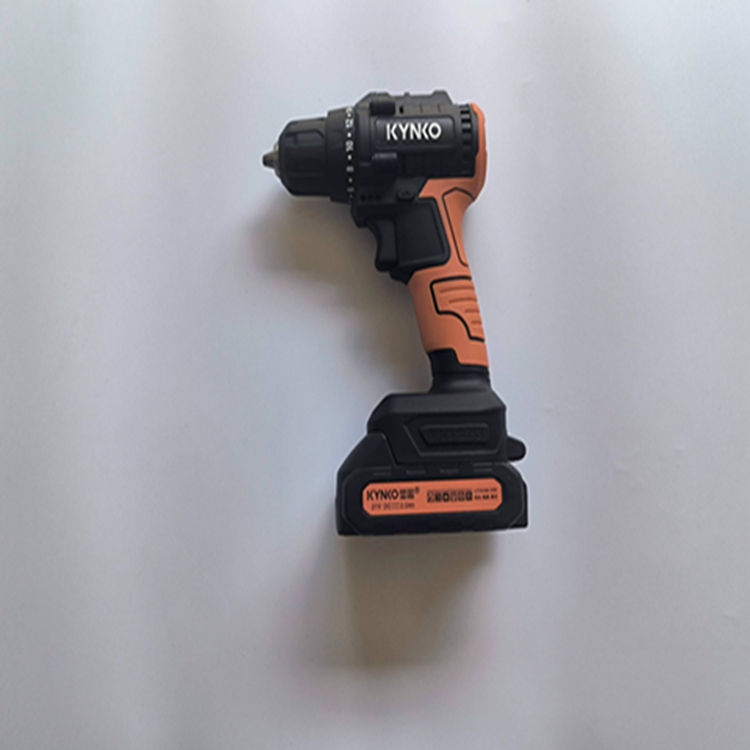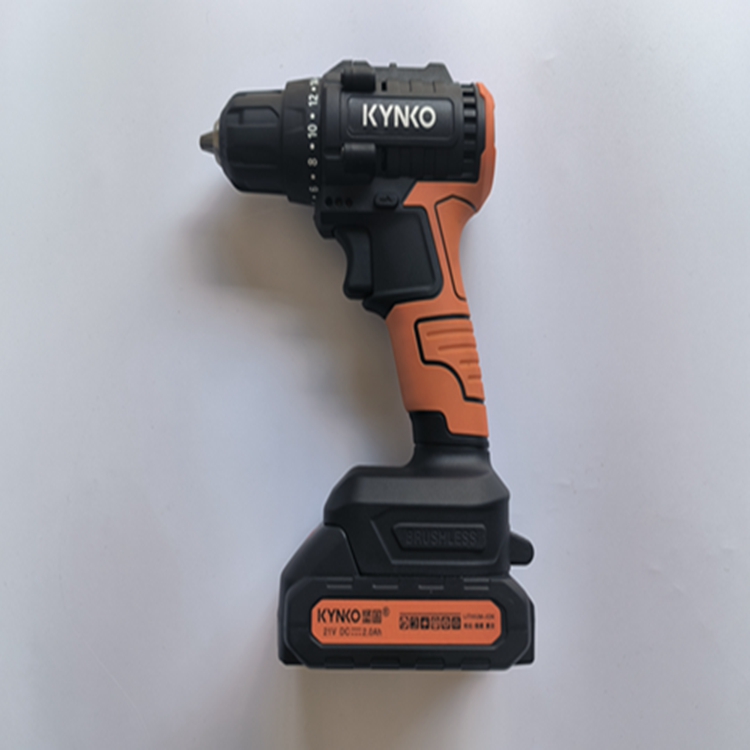Boiler fouling and corrosion treatment
(1) If the boiler is scaled during operation, it will seriously affect heat transfer first. Since the thermal conductivity of scale is only a few tenths of that of steel, when the internal surface of the boiler is fouled, the heat generated by fuel combustion is not good. The ground is transmitted to the water side, which causes the exhaust gas temperature to rise, waste fuel, and increase operating costs. According to the relevant information, the fuel that is wasted after the boiler is fouled has the following proportional relationship: when the thickness of the scale is ≥1mm, the boiler will consume 5-8% of the fuel; when the thickness of the scale is ≥2mm, the boiler will consume more fuel. ~18%; when the thickness of scale is ≥3mm, the boiler will consume 18~26% more fuel. (2) When the boiler is fouled, the heat of combustion of the fuel cannot be transferred to the water side in time, so that the temperature of the heated surface increases, and if the heated surface of the boiler is operated under over-temperature for a long time, the metal material will creep, bulge, and the strength will decrease. , causing a squib; if the boiler's water pipe is blocked due to a large amount of fouling, the squib will soon occur. Boiler squib one is to endanger people's life and property safety; second, it is necessary to overhaul after bursting, which is time-consuming and laborious, and greatly increases maintenance costs; third, frequent fuel injection and shutdown causes fuel waste; fourth, it will cause other production lines after shutdown. Suspension of production has resulted in greater economic losses. (3) After the boiler is fouled, it will cause corrosion under the scale of the boiler. The corrosion of the boiler will shorten the service life and endanger the safe operation. (4) Corrosion of the boiler may cause perforation of the furnace tube and even explosion of the boiler, which seriously threatens the safety of the person and equipment. An electric drill is a drilling tool that uses electricity as power. It is a conventional product in power tools, and it is also the most demanded power tool product. The annual production and sales volume accounts for 35% of China's power tools. Electric Cordless Impact Drill,High quality electric drill,21V Custom Powered Electric Drill,Powered Electric Cordless Impact Drill Shijiazhuang Longshu Mechanical & Electrical Equipment Trading Co., Ltd. , https://www.lsjgbearing.com
The main specifications of electric drills are 4, 6, 8, 10, 13, 16, 19, 23, 32, 38, 49mm, etc. The number refers to the maximum diameter of the drill bit for drilling on steel with a tensile strength of 390N/mm2. For non-ferrous metals, plastics and other materials, the maximum drilling diameter can be 30-50% larger than the original specification.


Principle:
The working principle of the electric drill is that the motor rotor of the electromagnetic rotary or electromagnetic reciprocating small-capacity motor performs magnetic field cutting and work operation, and the operating device is driven by the transmission mechanism to drive the gear to increase the power of the drill bit, so that the drill bit scrapes the surface of the object and penetrates the object better. .
Application:
1. Construction and Industry
It is widely used in the reinforcement of building beams, slabs, columns, walls, etc., decoration, wall installation, brackets, railings, billboards, air conditioner outdoor units, guide rails, satellite receiver elevators, steel structure workshops, etc.
2. Medical applications
(1) Dental:
At the beginning of the 20th century, a wall-mounted three-bend dental drill appeared, with a speed of 4000 r/min, and some even reached 10,000 r/min. The rope wheel-driven three-bend dental drill that we are still widely used is its derivative. thing.
(2) Otology:
Julius Lempert, the father of modern otology, pioneered the use of electric drills for ear surgery in New York in 1938 to treat chronic ear diseases and reduce the incidence of facial nerve damage. But the electric drills of the time were difficult to control and were very noisy. Modern electric and air drills greatly increase the rotational speed and enhance the cutting capacity. The use of fast cutting drills, diamond drills and irrigation-suction systems enables otologists to quickly complete accurate surgical dissections and greatly reduce operating time.
3. Marine flexible rod drill
The utility model relates to a new type of marine drilling equipment, which is mainly used for coring and sampling of the bottom layer of the seabed, and exploration of marine geology and minerals. First, it was successfully developed by the French Institute of Petroleum (IFP). It was initially used to drill 300-meter and 500-meter boreholes on land, and later cooperated with the Soviet Union to drill oil wells up to 3,000 meters deep. In 1965, it was successfully tested at sea for the first time, and the drilling depth reached 2,500 meters. ECSM offshore flexible rod coring drill is to install the flexible rod, electric drill, coring tube, drill bit and submersible pump on the same frame, lower it to the seabed with wire rope, and supply power from the ship surface through the cable to realize remote control drilling. It can drill up to 100 meters in water depth of 500 meters and take out 3.5 inches of core. The machine weighs about 10 tons.